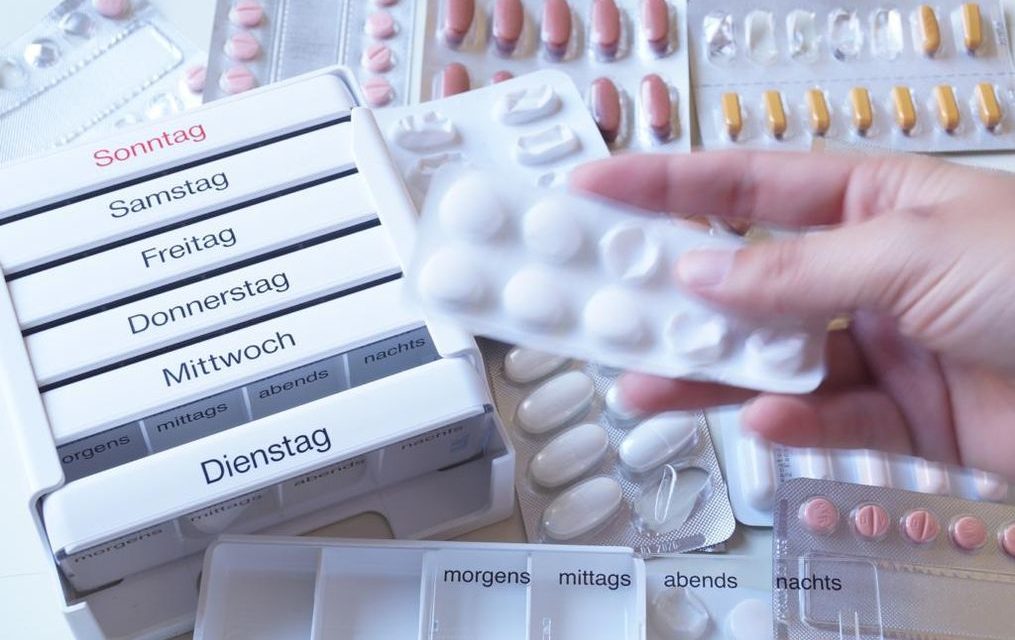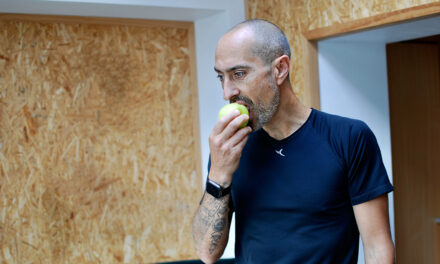The more antibiotics are used, the faster they lose their effectiveness. That is why the EU Commission listed the increasing bacterial resistance as one of the top three global health threats in 2022 due to its severity.
It’s been almost a hundred years since the first antibiotic was developed. A period in which a deadly disease could have been cured with the right treatment, and it would have been just that – a disease.
But the bacteria that cause these diseases evolve like everything else, it is in their nature. There will be bacteria that become resistant to the antibiotic, rendering the life-saving drug useless. Besides there are several other factors that increase these developments. Drivers include a range of sectors such as healthcare, veterinary medicine and agriculture.
The overuse and misuse of the drug creates these resistant organisms. Antibiotic resistance is not a disease, but it affects our ability to use medical treatments, especially for those who are vulnerable, such as during childbirth, surgery and cancer treatment.
This looming threat has the potential to affect individuals today and the world in the future. The extent of the danger is still being debated. A potential threat but not a current one, is what Professor Marc Bonten claims. Serving as the Scientific Director of the research theme ‘Tackling Antimicrobial Resistance’ at the Netherlands Centre for One Health, he is a specialist with over 30 years of experience in the field.
“Still if we come to the red line, then for sure we will have problems. And that will be huge.” According to Bonten, progress in modern medicine can only be made with antibiotic protection. “We will not only lose the use of antibiotics, we will lose the capacity to do a lot of interventions.” He considers this to be a scenario for the distant future.
According to Bonten, the driving force is the use of antibiotics in humans. Most of the resistance comes from poor infection control in hospitals and uncontrolled use of antibiotics. While Western European countries are far from crossing a red line, low-income countries are closer to the potential problem scenario.

Research on Bacteria in The UU Laboratory
In his search for new antibiotics, Professor Eefjan Breukink is trying to solve this problem. He is professor of microbial membranes and antibiotics at Utrecht University, which has the world’s largest collection of fungi – the basis of the existing antibiotic penicillin.
The race to develop antibiotics is not a fast one. When one is discovered, it can take up to 10 years of clinical trials at a cost of up to a billion dollars. The rapid evolution of bacteria is a stark contrast. The importance of using them as little as possible once they are on the market makes them unattractive to pharmaceutical companies, further slowing down the process of finding funding.
“Most of the drugs that are in the market are being made by pharmaceutical industry. And they are only there because they can make money.”
Antibiotic resistance is a global problem, bacteria don’t respect borders. Tackling this problem is not a one-person job. It involves everyone.




